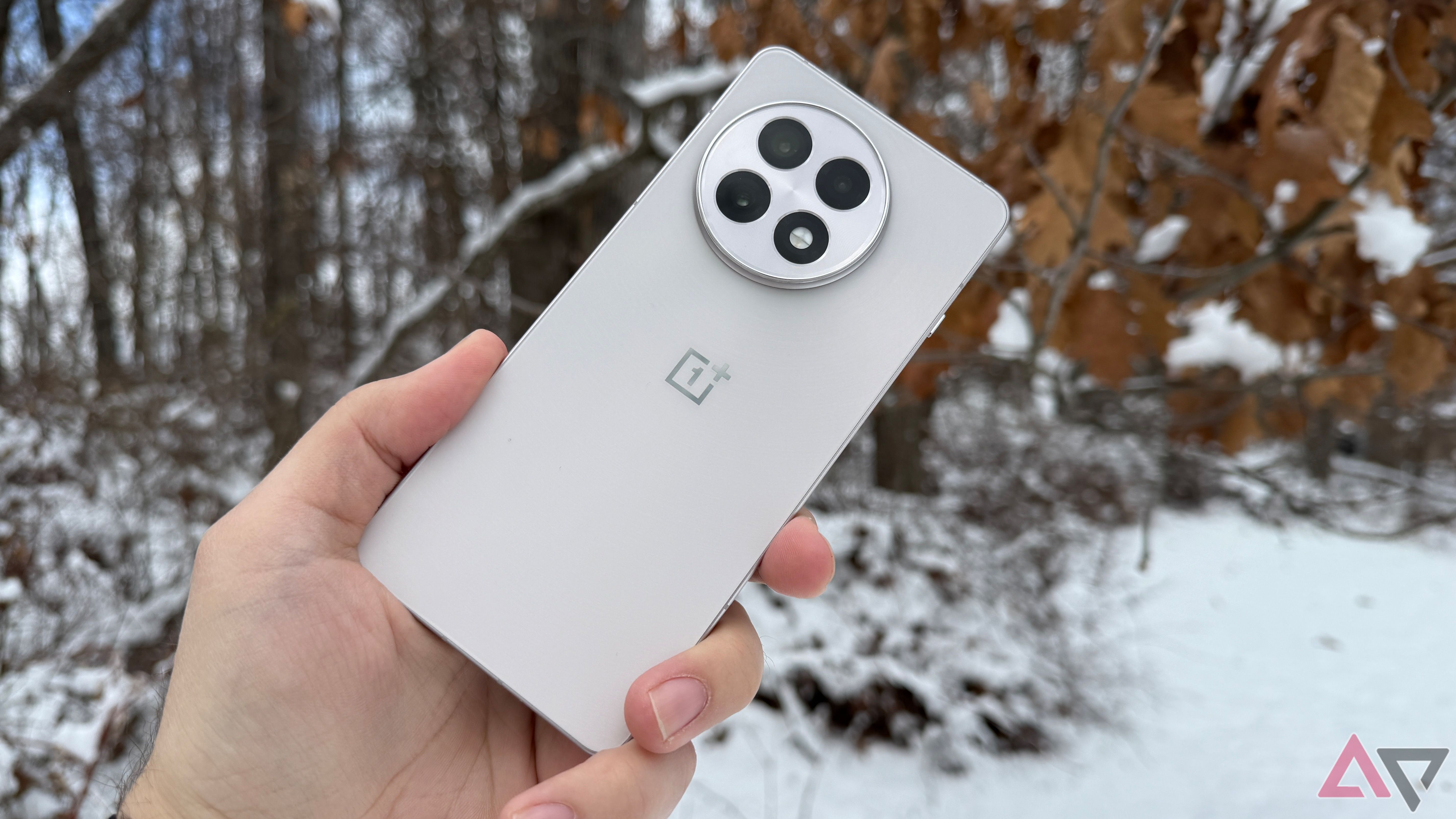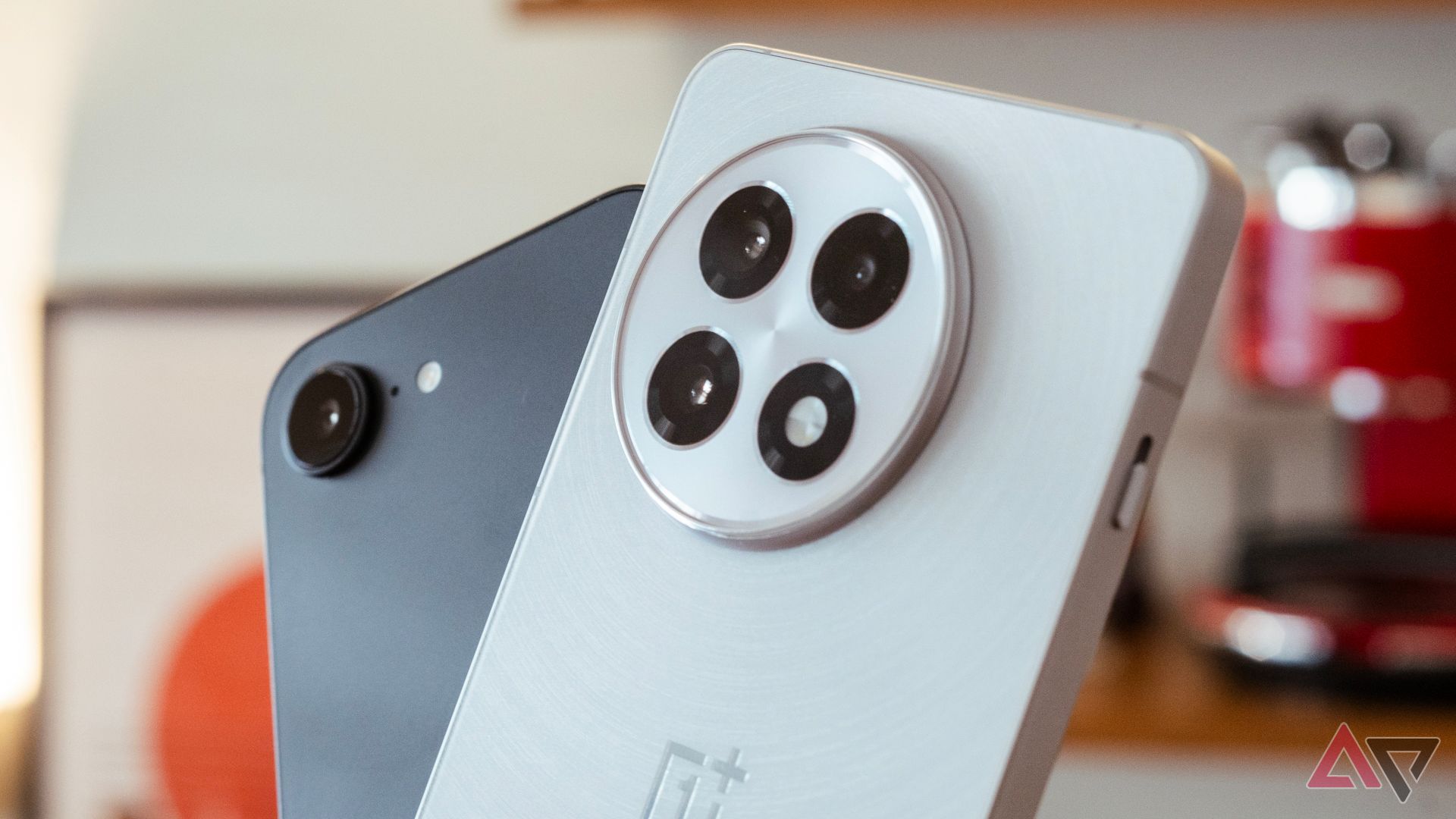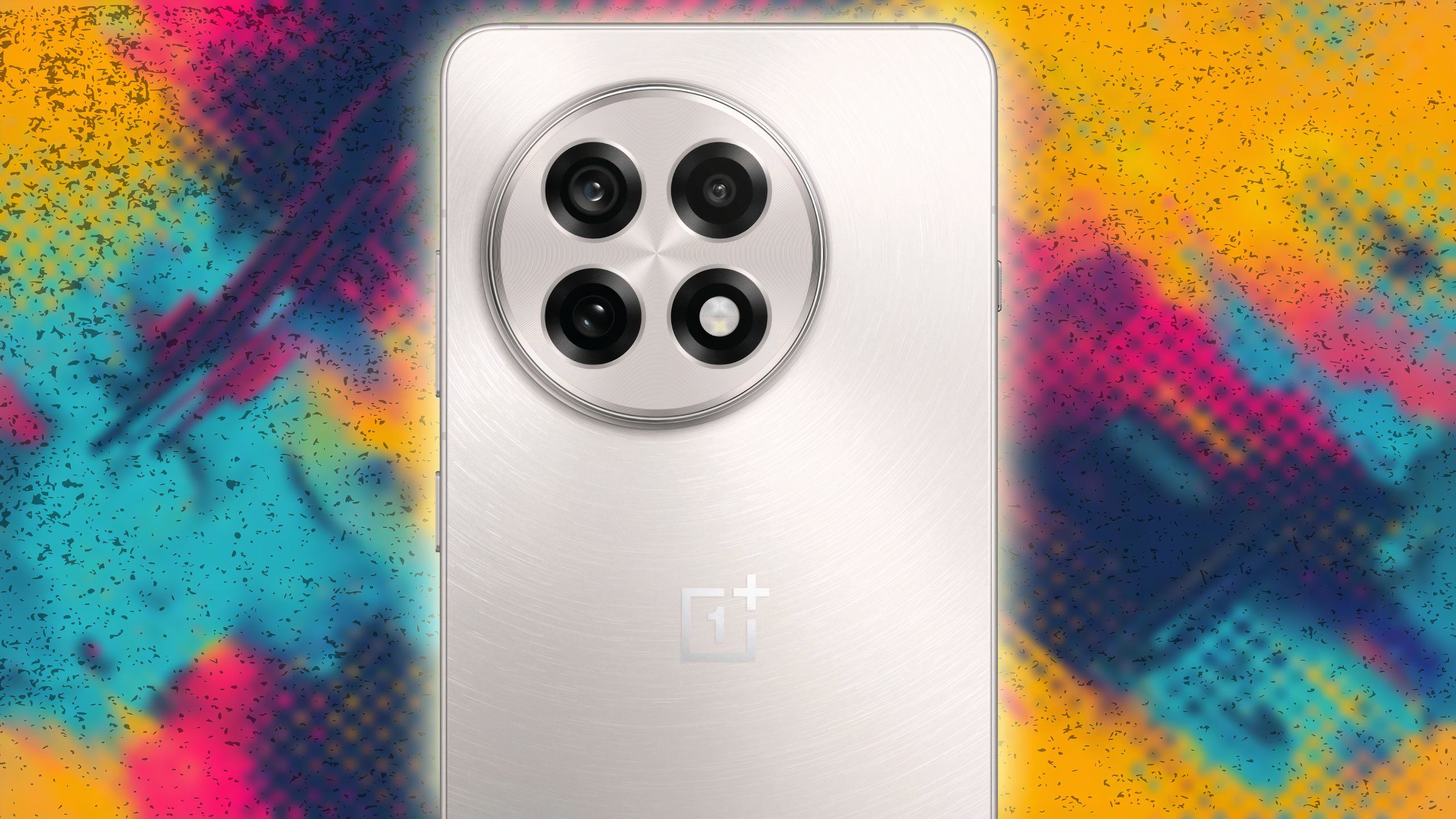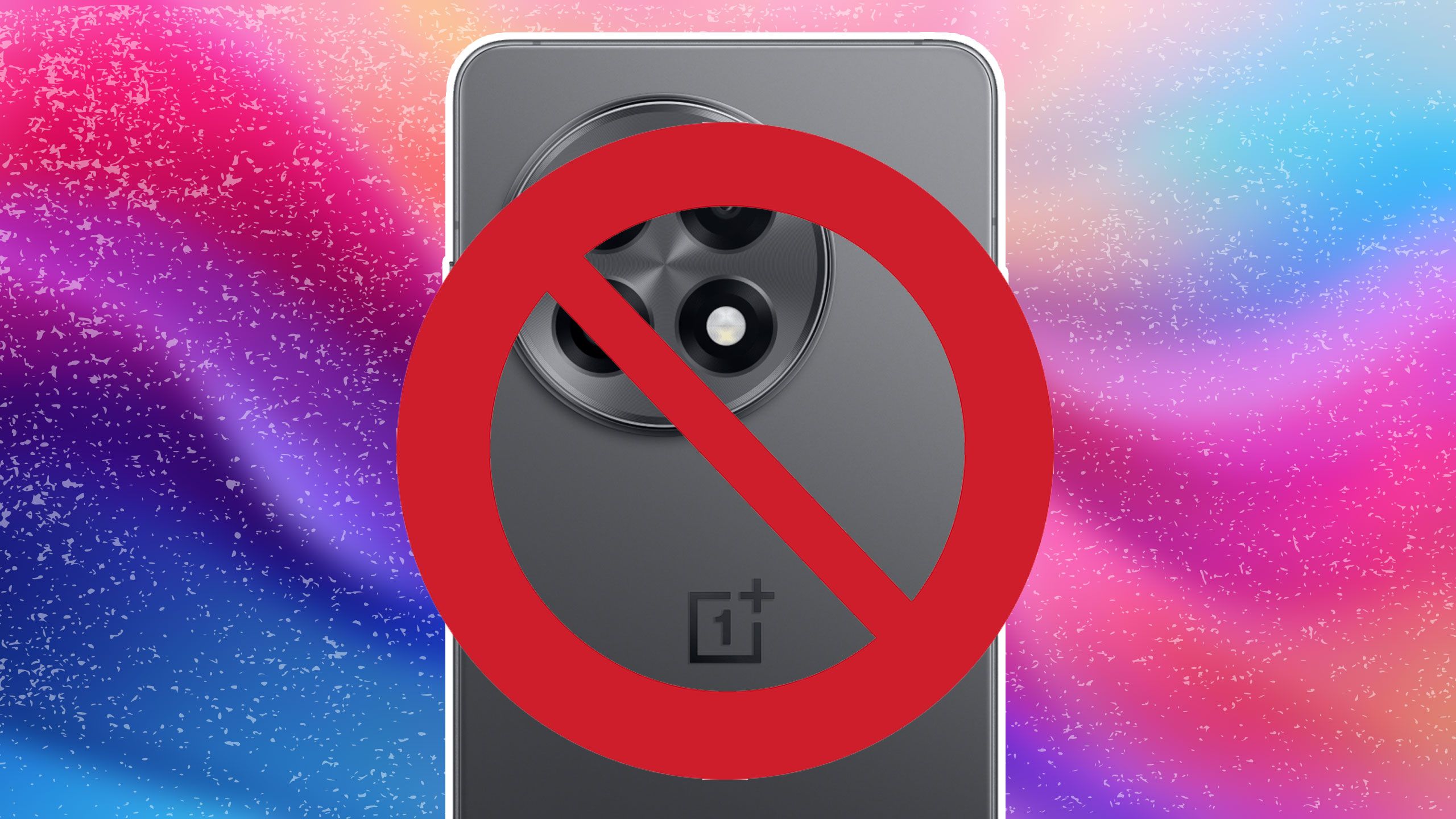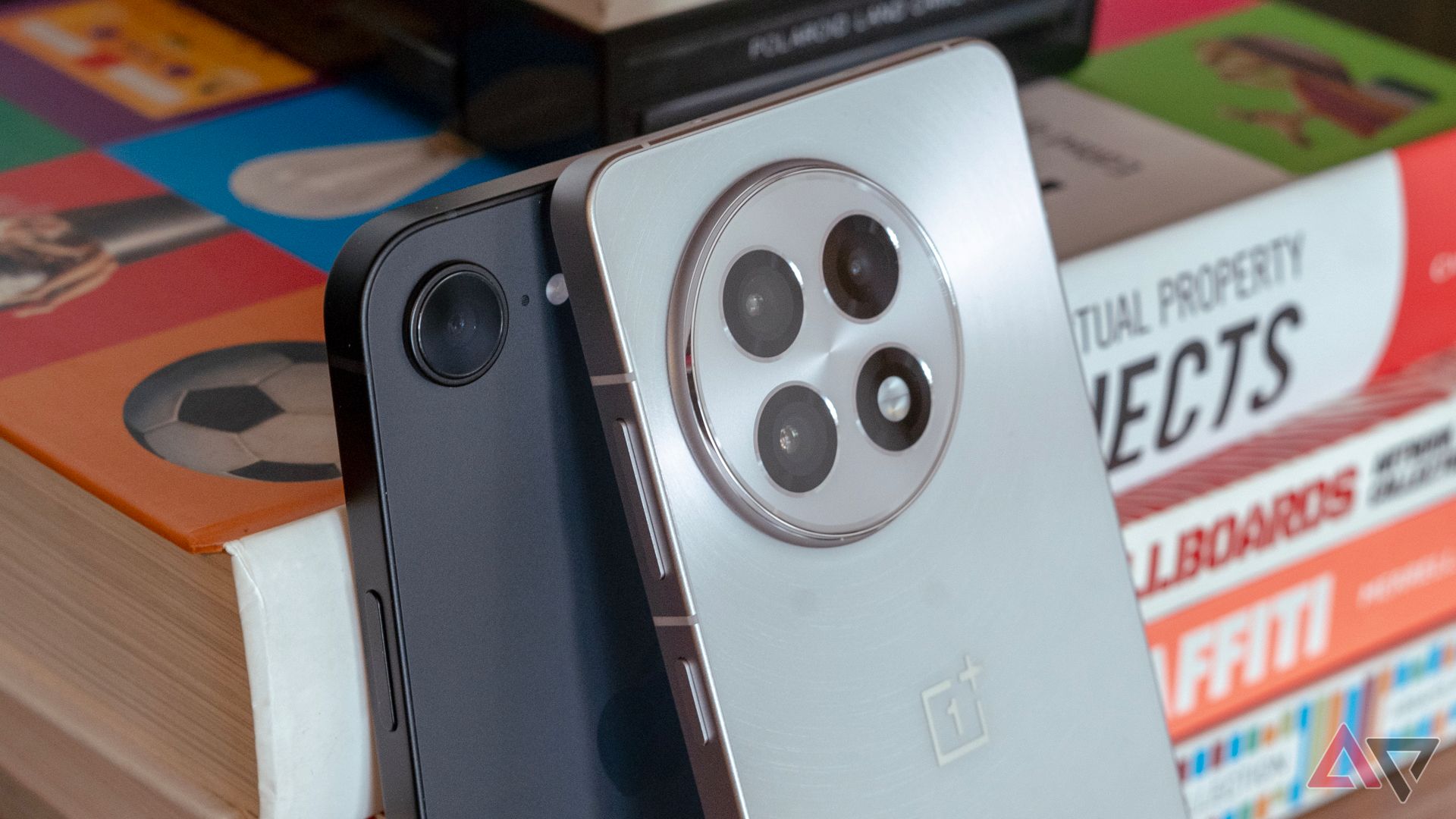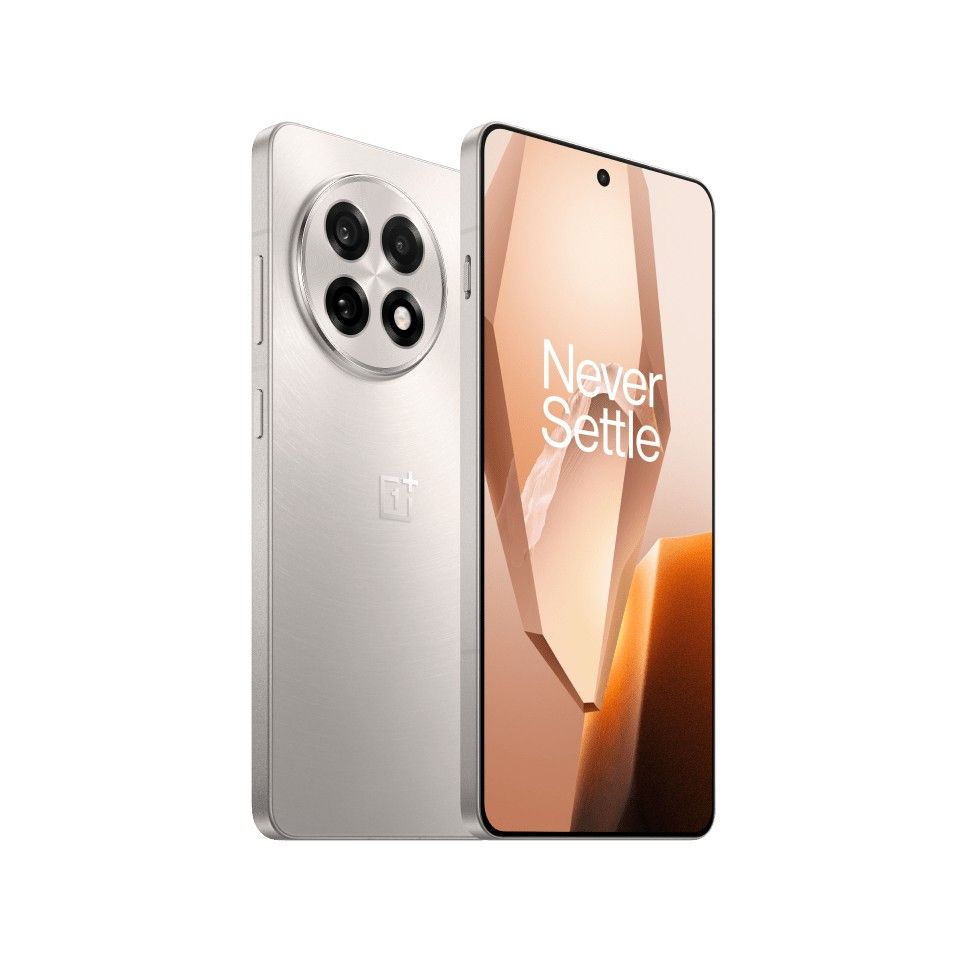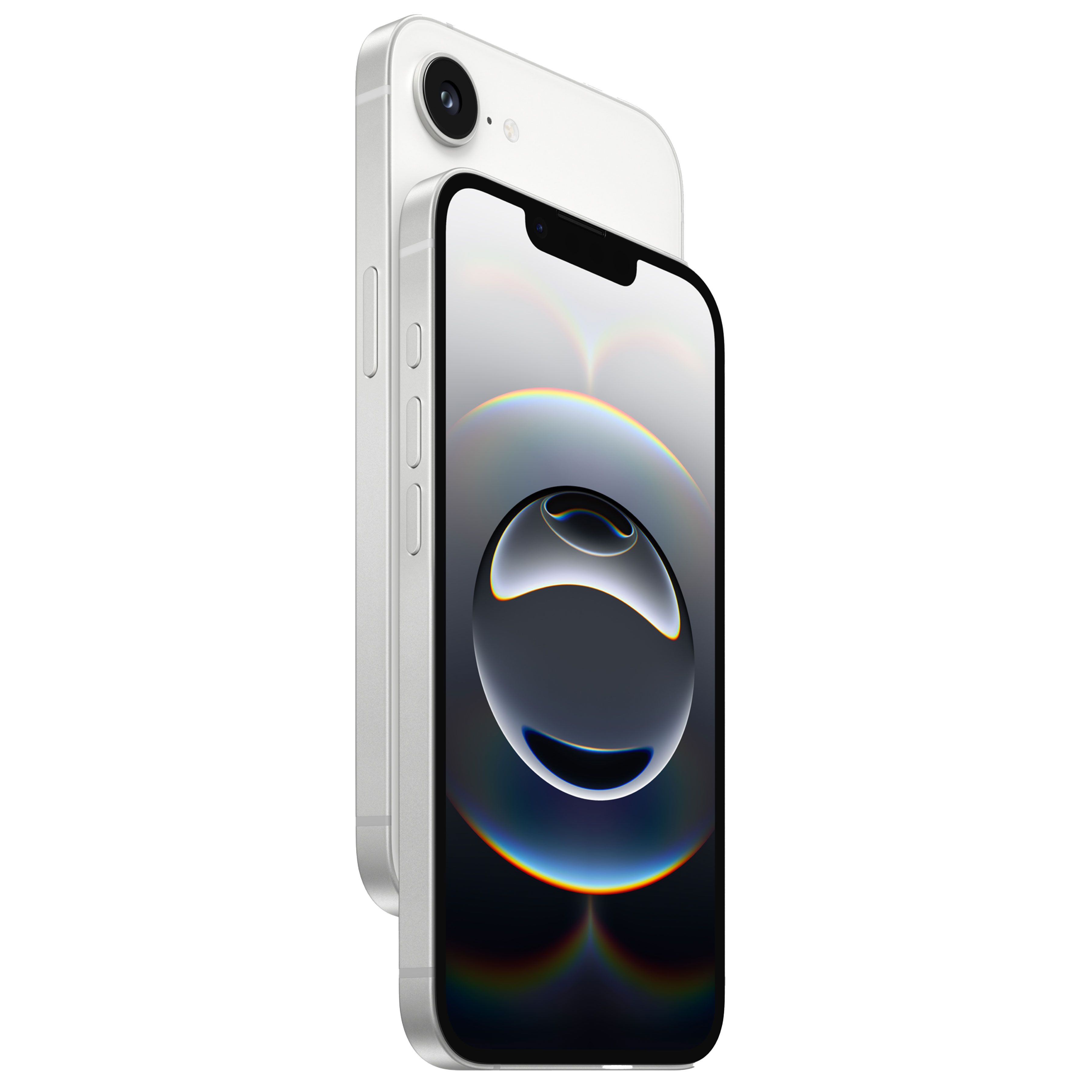Balancing value and camera capabilities isn’t easy. If photography chops are a top feature when buying a new phone, the default choices are the Google Pixel A-series or an entry-level iPhone. However, OnePlus has upped its game and improved its camera chops. Over the past week, I’ve snapped photos side-by-side with Apple’s latest affordable smartphone, the iPhone 16e, and the OnePlus 13R.
While neither is pitched as a top-tier Pro device, both bring serious camera chops to the table, and the price difference makes the choice more intriguing. Which one should be your top pick? I clicked photos with both phones in various scenarios to help you decide. From coffee shops to portraits to macros and low-light images, I know which phone I prefer.
Read our review
The OnePlus 13R will make you forget you’re using a sub-$600 phone
Impressive performance at great value
How does the hardware compare?
Before diving into the weeds with the photography analysis, here’s a quick look at the hardware specs of the cameras on the two phones.
The OnePlus 13R’s primary camera is a 50MP sensor with an f/1.8 lens. Next to it is a 50MP sensor with a 2x telephoto zoom lens and an 8MP ultra-wide lens. The iPhone 16e offers a single 48MP sensor. Apple claims to offer an optical-quality sensor crop for zoomed-in photos. On the front, the OnePlus 13R sports a 16MP selfie camera, while the iPhone 16e opts for a 12MP sensor.
In the groups of photos below, the first image in each series was shot on a OnePlus 13R, and the second was captured on an iPhone 16e unless otherwise stated.
The iPhone 16e’s primary camera pulls ahead in color accuracy
The OnePlus 13R’s images are well-detailed, but the warm white balance lacks accuracy
In well-lit conditions, both phones take excellent photos with a good amount of detail across the board. I’d go as far as to say that the phones are evenly matched technically. Differences in image quality mainly come down to the approach in processing and white balance selection. The OnePlus 13R opts for a warmer white balance that imparts a yellow tinge across the entire image. While the images were shot on warm, sunny days, the real-world setting was not as yellow as the OnePlus 13R makes it seem.
The iPhone 16e wins out for its more natural-looking images, though I would say that the iPhone isn’t entirely accurate and opted for a slightly colder tone than the setting would suggest. However, it is closer to reality.
The OnePlus 13R’s HDR processing is stronger than that of the iPhone, and this difference is visible. Its Sony sensor, paired with aggressive HDR tuning, handled high-contrast scenes with ease. Whether it was a backlit street corner or a bright afternoon skyline, the 13R preserved details in shadows without blowing out highlights. There’s a bit more detail in the shadow regions, and the phone retains a bit more detail in the sky, making clouds appear slightly more dramatic.
I like the iPhone 16e’s interpretation over that of the OnePlus 13R due to its more natural white balance and even exposure. But both phones produce more than serviceable shots. In side-by-side shots, like that of the mailbox, the OnePlus photo popped with richer tones and better clarity, while the iPhone’s image looked slightly flatter albeit more natural.
Zoomed-in detail or color accuracy? Which do you prefer?
The OnePlus 13R has a bit more detail, but the iPhone 16e’s images tend to look more natural
Zoom shots are where things get interesting. The OnePlus 13R offers optical 2x zoom with its dedicated sensor, and the iPhone 16e makes do with a sensor crop. While I expected the OnePlus 13R to pull ahead here, the results are interesting.
The OnePlus 13R offers more detail and sharpness thanks to the dedicated 2x lens. The iPhone 16e’s images have an inherent softness when pixel-peeping, which shouldn’t be surprising as they are cropped in from the 48MP sensor. Color accuracy is a different story. Images from the OnePlus 13R display inconsistent white balance and a slight magenta cast. That’s not the case with the images from the iPhone 16e.
Macro shots are a close tie
The iPhone’s shots are ever so slightly brighter, but it’s a matter of preference
Neither smartphone has a dedicated macro camera, so to speak, but can take reasonably close photos. In my limited selection of tests, both phones could capture close-up shots well with excellent bokeh fall off and a good amount of detail.
Once again, the iPhone 16e pulls ahead of the OnePlus 13R slightly with a bit more detail and brighter results, especially in the image of the flowers. But the difference is minimal at best, and both phones do a decent job.
Portrait photography is a mixed bag on both devices
Both phones struggle with consistency in sharpening and color accuracy
The OnePlus 13R leverages the telephoto camera to help it capture portrait mode shots. Meanwhile, the iPhone 16r employs computational photography to achieve the results.
The iPhone delivered better results with superior object segmentation. This was particularly noticeable around hair. Not only that, it avoided the OnePlus 13R’s needless over-sharpening. Still, the iPhone’s results weren’t exactly perfect, with inconsistent white balance across both our test settings.
When it comes to ultra-wide imaging, one phone is the obvious choice
The OnePlus 13R’s low-resolution ultra-wide camera isn’t great, but it’s better than nothing
The winner in our ultra-wide test is the OnePlus 13R. Its 8MP ultra-wide sensor might not be particularly good, but it can capture wide landscapes in a way that the iPhone 16e can’t. This is one scenario that cannot be replaced by computational photography.
Neither phone is great at low-light imaging
Flagships still maintain a considerable lead
Neither phone is particularly good at low-light photography. Images produced by the OnePlus 13R and the iPhone 16e had noticeable traces of strong noise reduction. The iPhone produced slightly brighter results, which makes the shots a bit more usable.
The iPhone 16e wins for accurate selfies, but the OnePlus 13R pops
It’s a matter of preference
The selfie camera shows a stark difference between the 16MP and 12MP sensors of the OnePlus 13R and iPhone 16e, respectively. While both images retain a good amount of detail, the iPhone does a better job of retaining my natural skin tone.
Related
The OnePlus 13R is fantastic, but here’s why I’m not upgrading
The subtle differences are holding me back
I’d pick the iPhone 16e all day
Consistency and better color reproduction win out
I like having a versatile camera set up as much as the next person, but the actual results matter. Between the OnePlus 13R and the iPhone 16e, the latter wins out in most situations for its natural color reproduction and consistent results. While the visual pop and sharpened results of the OnePlus 13R will have its takers, nor is it a bad camera, it is surprising how capable the iPhone 16e’s single shooter is. Unless you need to shoot wide-angle images.
-
OnePlus 13R
The OnePlus 13R builds on one of last year’s best midrange phones and takes it up a notch. It still packs a stunning 6.78-inch AMOLED display with a smooth 120Hz refresh rate, but now comes powered by the Snapdragon 8 Gen 3, paired with 12GB of RAM and faster UFS 4.0 storage. With that kind of performance — and a $600 price tag — the OnePlus 13R offers impressive value in 2025.
-
Apple iPhone 16e
Apple’s latest affordable smartphone brings many of the features of its full-sized brethren to an affordable price point. The single camera and low refresh rate display might be disappointing to some, but USB-C support and the same A18 Bionic chipset as on the iPhone 16 guarantees long term software support.


